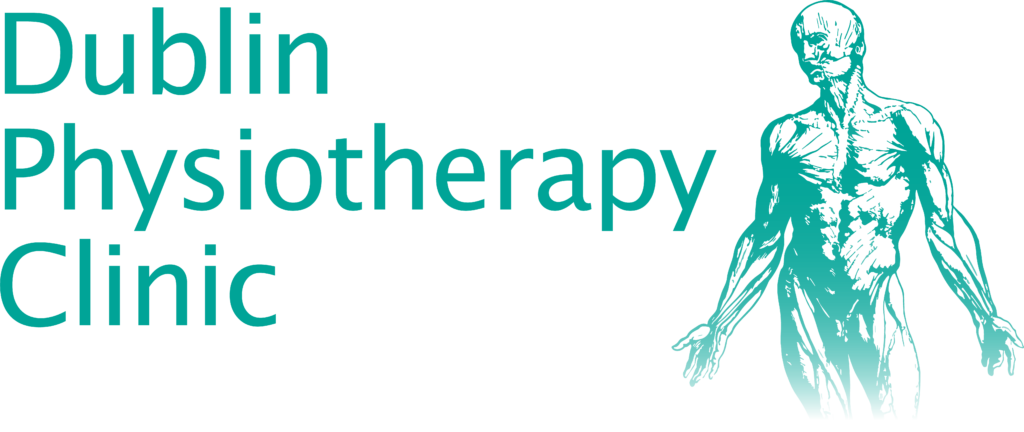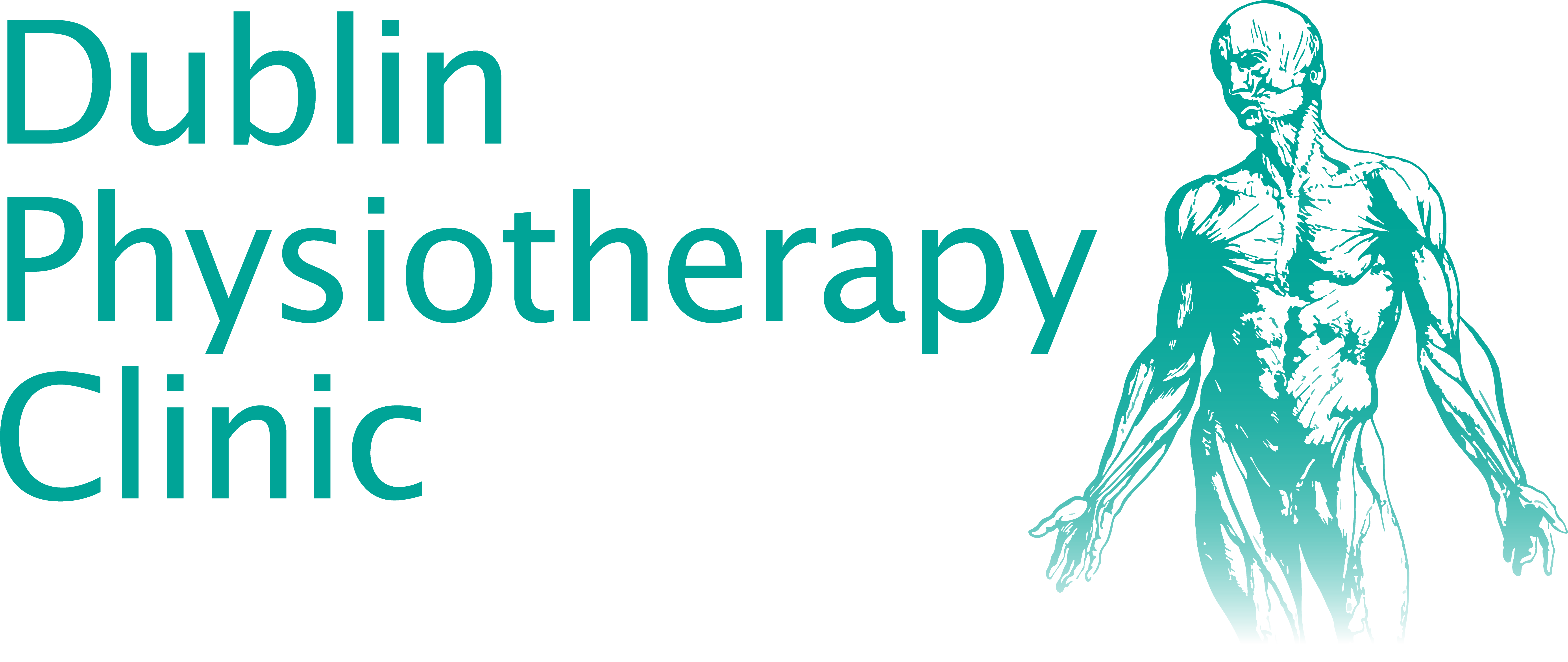On Sunday 2nd April we completed the Wexford Half Marathon with three colleagues from the Dublin Neurological Institute – for which we were raising funds. We all completed in under 2hrs 10min, which was satisfying, to say the least. My time was 2hrs 2min, (my previous half marathon 16yrs ago was 14min faster).
The ravages of time! – to be expected, I guess given age changes and slacker training routines.
On this occasion there were a number of significant factors that contributed to achieving the above time as follows:
• Planning – The decision to run was taken twelve weeks prior to the race date. Immediately I sought out running books / online sites to provide guidance on running and distance progression e.g.
How to Train by Hal Hydon,
Paula Radcliffe’s How to Run.
www.bupa.co.uk
www.runireland.com
The general rule appeared to be complete a minimum of two short runs and one long run each week, gradually increasing from 2-3 miles to 10 miles by week 10.
If you are not a regular runner it would be advisable to allow a minimum of 12 weeks training to ensure completion of the course with comfort and a good time, so when choosing a Half Marathon bear that in mind. I could probably initially run 3miles comfortably at week 1.
• Schedule – Choose specific days and times each week when you have time to run and make sure they fit in with other commitments e.g. children / work. By sticking to a schedule e.g. Monday, Wednesday, Friday and long run Sunday it becomes a regular feature which all are aware of and this makes life easier.
• Exercise – In addition to running it would be advisable to specifically target abdominal control (your core stability) and lower limb strength. On the days when not running schedule in a gym programme, make it varied e.g. weights / gym ball work / sprints sessions. With regards to muscle strength the particular areas we addressed were calves, quads, hip flexors and abductors primarily to improve propulsion and drive when running.
• Stretching – Stretching is essential/ crucial before and after each training session to minimise the risk of injury and aid recovery of muscle post exercise.
• Injury – Two weeks prior to the big day I pulled a calf muscle whilst running downhill. It was treated by my Musculoskeletal Colleagues at the Dublin Physiotherapy Clinic www.dublinphysio.ie but being just two weeks prior to the race it remained problematic on the day. It was therefore strapped to reduce the strain on the muscle. The treatment I received the following injury and strapping on the day no doubt enabled me to complete the race. However, it was crucial it did not become a recurrent issue. The acute recovery plan post-run was rest, ice and compression for 48hours following which a graded training regime was instigated to facilitate recovery and return to running at a gradual pace. That is still ongoing and will be for the next couple of months.
• Nutrition – This is an area of ongoing debate and the research suggests there isn’t agreement on the matter. The old advice of a well balanced diet would not appear to be sufficient to address the nutritional needs of athletes. Should we build up on proteins or carbohydrates? One book that tried to dissect the myth on nutrition was (Good Carbs, Bad Carbs) and well worth a read. It discusses the significance of nutrients and the importance of each in our diets.
I found it essential to eat immediately after long runs e.g. a banana, energy bars (however these can be quite heavy) to prevent low glucose (hypoglycaemia) attack. This did occur after one such run and was not a pleasant experience, which I have avoided through proper nutrition.
It has been a great experience and a satisfying personal achievement. The training throughout has been extremely challenging but worthwhile. We are now looking forward to the Clontarf Half Marathon on 1st July. Perhaps we will see you there.




